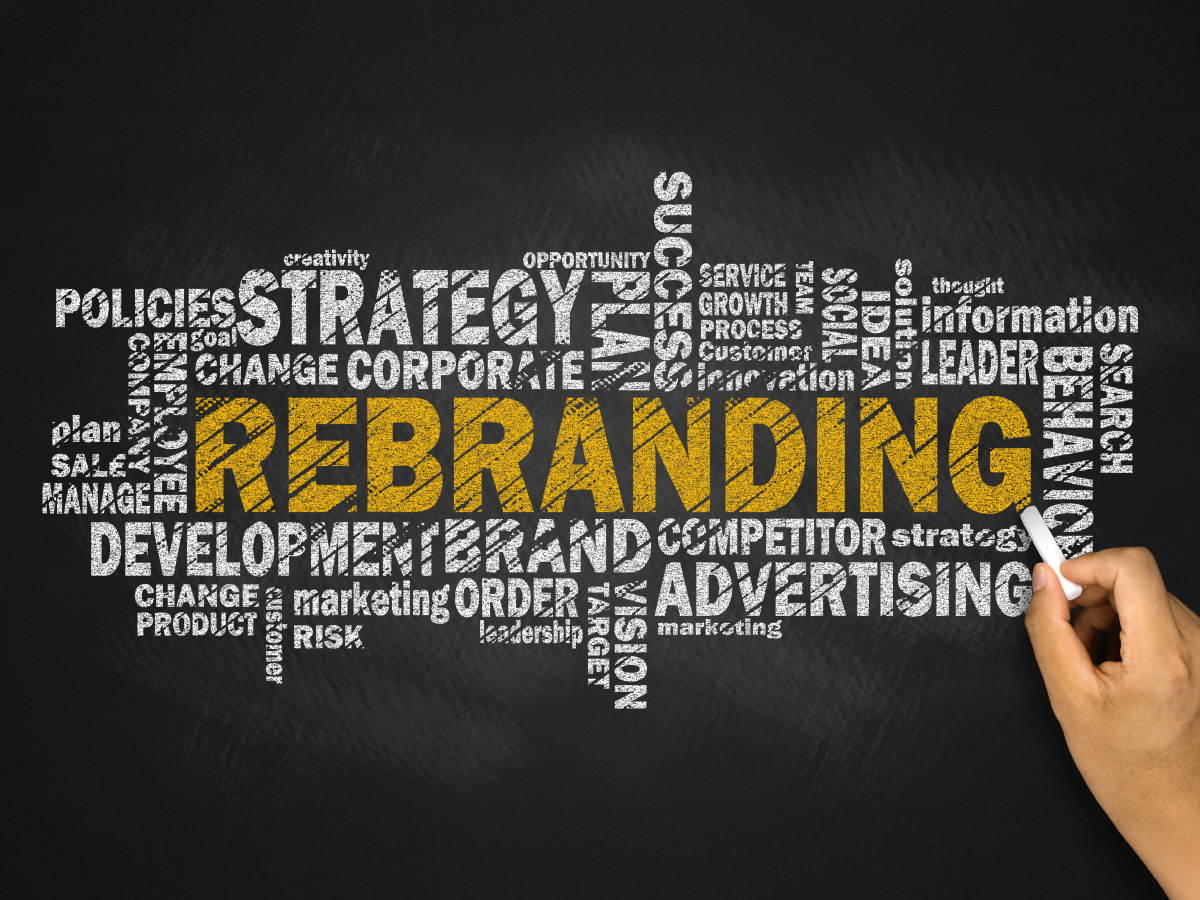Rebranding is more than just a new logo—it’s about evolving with your audience, refining your…
The Psychology of Colors in Branding
When it comes to branding, color is far more than an aesthetic choice—it’s a powerful tool that influences emotions, perceptions, and decisions. From building trust to sparking excitement, the colors you choose for your brand play a critical role in how customers perceive and connect with your business.
In this article, we’ll explore the psychology of branding colors, break down the emotions they evoke, and share how to use them to craft an effective branding strategy.
Why Colors Matter in Branding
Colors are more than just visual elements; they evoke emotions, communicate messages, and influence behavior. Research shows that people form impressions about a product or brand within 90 seconds of interaction—and up to 90% of those impressions are based on color alone.
In branding, the right colors can:
- Attract Attention: Vibrant or bold colors grab focus, while softer tones create a sense of calm.
- Create Emotional Connections: Colors evoke feelings like excitement, trust, or warmth.
- Reinforce Brand Identity: Consistent use of color enhances recognition and recall.
At The Marketing Machine, we understand the psychological impact of color and use it to craft brands that resonate with audiences and stand out in the marketplace.
Understanding Color Psychology
Each color carries specific psychological associations that can shape the way people perceive your brand. Here’s a breakdown of some common branding colors and the emotions they convey:
- Red: Energy, passion, and urgency. Often used by brands in food, fitness, and retail to evoke excitement and drive action.
- Blue: Trust, stability, and professionalism. Commonly used by tech, finance, and healthcare brands to convey reliability and calmness.
- Green: Growth, nature, and wellness. Popular in sustainability, wellness, and finance industries, signaling harmony and prosperity.
- Yellow: Optimism, creativity, and warmth. Bright and cheerful, yellow is often used to capture attention and convey friendliness.
- Black: Sophistication, luxury, and authority. A go-to for high-end and modern brands looking to exude elegance and power.
These associations can vary depending on cultural and personal experiences, so it’s essential to consider context when choosing colors for your brand.
How to Choose the Right Colors for Your Brand
Selecting the right colors involves more than picking hues you like—it’s about aligning them with your brand’s identity and goals. Here’s how to approach it:
- Align Colors with Your Brand Personality
Are you bold and adventurous or calm and professional? Your colors should reflect your brand’s essence. For example, a youthful brand might use vibrant tones, while a corporate brand might lean toward muted blues or grays. - Understand Your Target Audience
Different demographics respond to colors in unique ways. Consider the preferences and cultural nuances of your audience to ensure your colors resonate with them. - Collaborate with Stakeholders
At The Marketing Machine, we believe that a successful branding process starts with understanding the heart of your business. Our approach includes a detailed questionnaire for your primary stakeholders. This allows us to uncover the essence of your current brand and your vision for the future.
By gathering input on your values, goals, and preferences, we ensure that the brand is drawn out of your team, not projected onto you. This interactive process lays the foundation for a brand that feels authentic and aligned with your business’s direction.
The Marketing Machine’s Approach to Color Strategy
At The Marketing Machine, we don’t just follow trends—we create strategies tailored to your unique brand. Our process combines an understanding of color psychology with a deep dive into your business goals, audience, and competition.
Take our recent rebranding project for [Example Brand]. By integrating bold reds and clean whites, we helped them communicate energy and trust, perfectly aligning with their mission to inspire and support their customers.
Through our stakeholder collaboration and interactive process, we ensure every color choice reinforces your brand story and drives results.
Tips for Using Color in Your Branding Strategy
Once you’ve chosen your colors, it’s important to use them effectively across your brand:
- Maintain Consistency
Use your colors consistently across all touchpoints, from your logo and website to social media and packaging. This reinforces your brand identity and boosts recognition. - Leverage a Brand Style Guide
At The Marketing Machine, every branding package we deliver includes a comprehensive brand style guide. This ensures that your team knows how to stay on brand across all channels, making your branding consistent and professional. - Rely on Your Brand Guardians
We don’t just create your brand; we stand by it. As your brand guardians, we encourage clients to come back to us for support with anything from signage iterations to building mockups or any project where your brand is visible to potential customers. Our goal is to ensure your brand remains impactful and cohesive wherever it appears.
Conclusion: Color as a Tool for Connection
The psychology of colors in branding is a powerful tool to shape perceptions, evoke emotions, and build connections with your audience. By thoughtfully selecting and applying colors, you can create a brand that not only stands out but also resonates deeply with your customers.
At The Marketing Machine, our collaborative approach ensures your brand reflects your team’s vision and goals. From stakeholder questionnaires to tailored strategies and ongoing support, we create brands that feel authentic and impactful.
Ready to elevate your branding strategy? Contact us today to explore how color and strategy can transform your brand.


